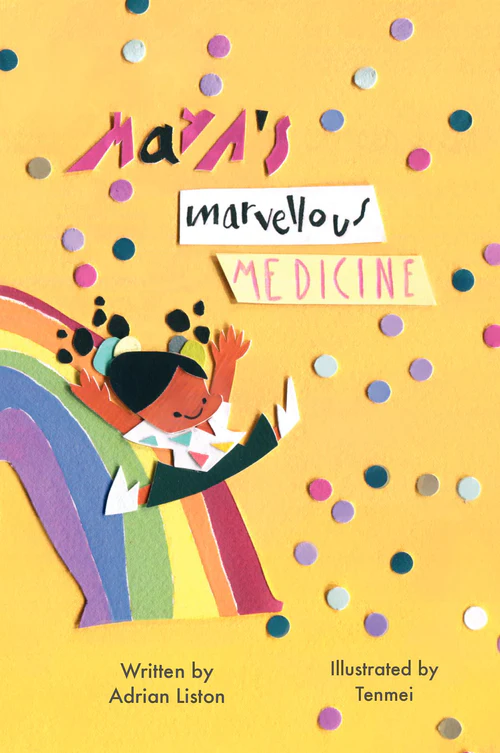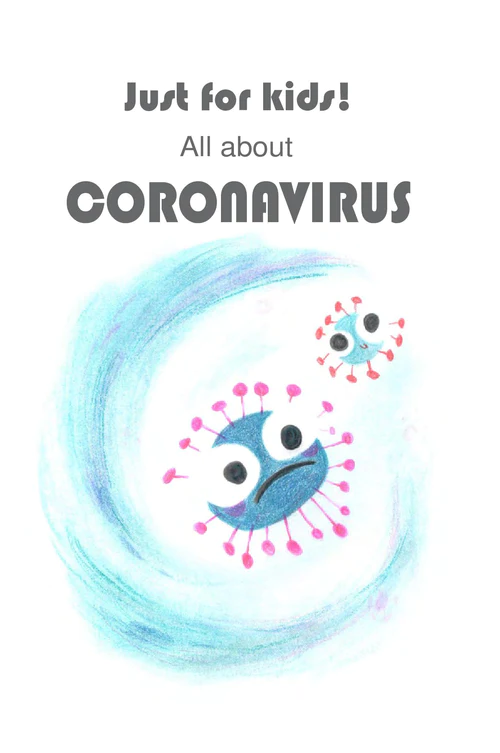We have a new systems vaccinology paper out at npj Vaccines!
The study tackles the problematic question of why transplant patients responded so poorly to the COVID vaccine. While most people had great antibodies from a single dose, only half of transplant patients have responded even after three!
We took blood from 20 healthy, 31 lung transplant and 59 kidney transplant patients prior to vaccination, and profiled 444 immunological parameters, to get a comprehensive systems immunology profile. We then followed who did and didn't respond to the vaccine, to find the immunological associates.
First up, there are clinical effects: Vaccine response was especially poor soon after transplantation, and in patients on immunosuppressive cocktails, especially those including MMF. Even taking this into account, there were immunological drivers associated with poor response.
As you might predict, the patients that responded best were those with an immune profile that had returned closer to normal post-transplantation. In fact, you could predict vaccine response with 93% accuracy just based on 10 immune parameters.

Oddly though, some patients were able to hobble together a poor but detectable response after two shots. These patients didn't have a more normal immune profile, and had quite unusual relationships between immune populations, suggesting that they had put together a poor-but-functional "kludge".

This study was a joint initiative from our lab, Arnaud Marchant's lab at at ULB and Stephanie Humblet-Baron's lab at KU Leuven.
Huge thanks to all team members, especially Nicolas Gemander, Julika Neumann, Rafael Veiga and Isabelle Etienne for their leadership roles.
Biggest thanks of all to the patients who volunteered for the study!
Read the full paper here
 Thursday, August 7, 2025 at 2:36AM
Thursday, August 7, 2025 at 2:36AM 
 Liston lab
Liston lab 














